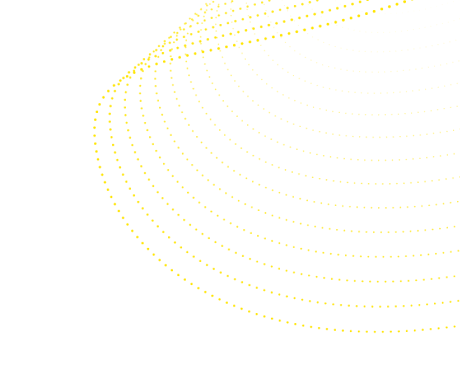Welcome back to our blog series on reducing customizations in PeopleSoft. If you recall from our first post, customizing PeopleSoft can be a powerful way to meet your specific needs, but it’s not without its challenges. Over-customization can lead to increased costs, more time spent on maintenance, and complications when it comes to upgrading your system. The goal of this series is to guide you through the benefits and methodologies of reducing customization in your PeopleSoft environment. By doing so, we aim to make your IT operations more agile and efficient, which in turn benefits the business side by facilitating quicker approvals for new functionalities.
Now that we’ve set the stage, let’s delve into a feature that supports our quest for less customization: PeopleSoft Drop Zones.
PeopleSoft Drop Zones
As we journey through the intriguing world of reducing customizations in Oracle PeopleSoft, the magic of ‘Drop Zones’ cannot be overlooked. Mirroring the philosophy of other isolation customization techniques, Drop Zones are a testimony to the evolution of tailor-made software solutions. With their advent in PeopleTools 8.57, they’ve opened a new chapter in how we approach modifications in PeopleSoft.
The Essence of Drop Zones
Origins
Introduced as an update in PeopleTools 8.57, Drop Zones have swiftly established themselves as indispensable for those looking to introduce custom features without compromising the software’s integrity.
What are Drop Zones?
At its core, Drop Zones offer a sanctuary where developers can introduce bespoke objects without altering the default configurations, particularly pages. Think of it as a playground: a space where you can add or modify without altering the original structure. This means you can infuse new fields into pre-existing pages, including the nested ones, without tampering with the default, factory-set component or page definition.
Performance?
There’s good news on this front. Drop Zones remain neutral, ensuring there’s no compromise on the software’s speed or efficiency.
Why Drop Zones Matter
For enterprises that have embellished their PeopleSoft applications with a multitude of customizations, Drop Zones aren’t just a feature—they’re a necessity. By compartmentalizing these custom features, they ensure the smooth sailing of the PeopleSoft life cycle. More so, when coupled with other configuration utilities, the potency of Drop Zones in mitigating customization side-effects is unparalleled.
Crafting with Drop Zones: A 3-Step Dance
Creating and configuring Drop Zones is a 3-step process which involves:
- Designing a Fluid Subpage: This is where your new fields come to life.
- Aligning with Drop Zones: Once your subpage is ready, it’s time to tether it to an existing Drop Zone.
- Aesthetic Touch: While optional, stylizing your Subpage ensures it seamlessly blends with the overarching theme.
Drop Zones are replaced with actual subpages during the component build process.
Drop Zones: The Array of Benefits
- Seamless Integration: Allows user-specific fields without hindering the lifecycle.
- Unleashing PeopleTools: Exploit the myriad capabilities that PeopleTools offers.
- LCM Efficiency: No longer fret over re-implementing customizations, thanks to the reduced LCM time for custom-field pages.
- 4. Fluidity: Perfectly compatible with Fluid pages.
A Few Considerations
- 1. Developer’s Realm: While efficient, it’s primarily developer-centric with significant work done via App Designer.
- Time Factor: The initial setup might be time-consuming. The real magic unfolds during the LCM.
- Compatibility: Not every page is attuned to the charm of Drop Zones.
- 4. Version Compatibility: PT 8.57 is exclusive to Fluid pages, but PT 8.58 welcomes even Classic pages. However, the availability on specific pages is interlinked with your application’s PUM release.
Adoption by PeopleSoft
Understanding the potential and the frequent customization requests, PeopleSoft has seamlessly integrated Drop Zones into a plethora of application pages. This initiative kickstarted with releases like FSCM PUM31 and HCM PUM30.
In Conclusion
Drop Zones are more than just a feature—they represent a paradigm shift in how we perceive and implement customizations in Oracle PeopleSoft. As we continue to explore strategies to optimize and reduce customizations, tools like Drop Zones prove invaluable in offering flexibility without compromising the core essence of the software.
Stay tuned as we dive deeper into the realm of Oracle PeopleSoft in our upcoming posts!









